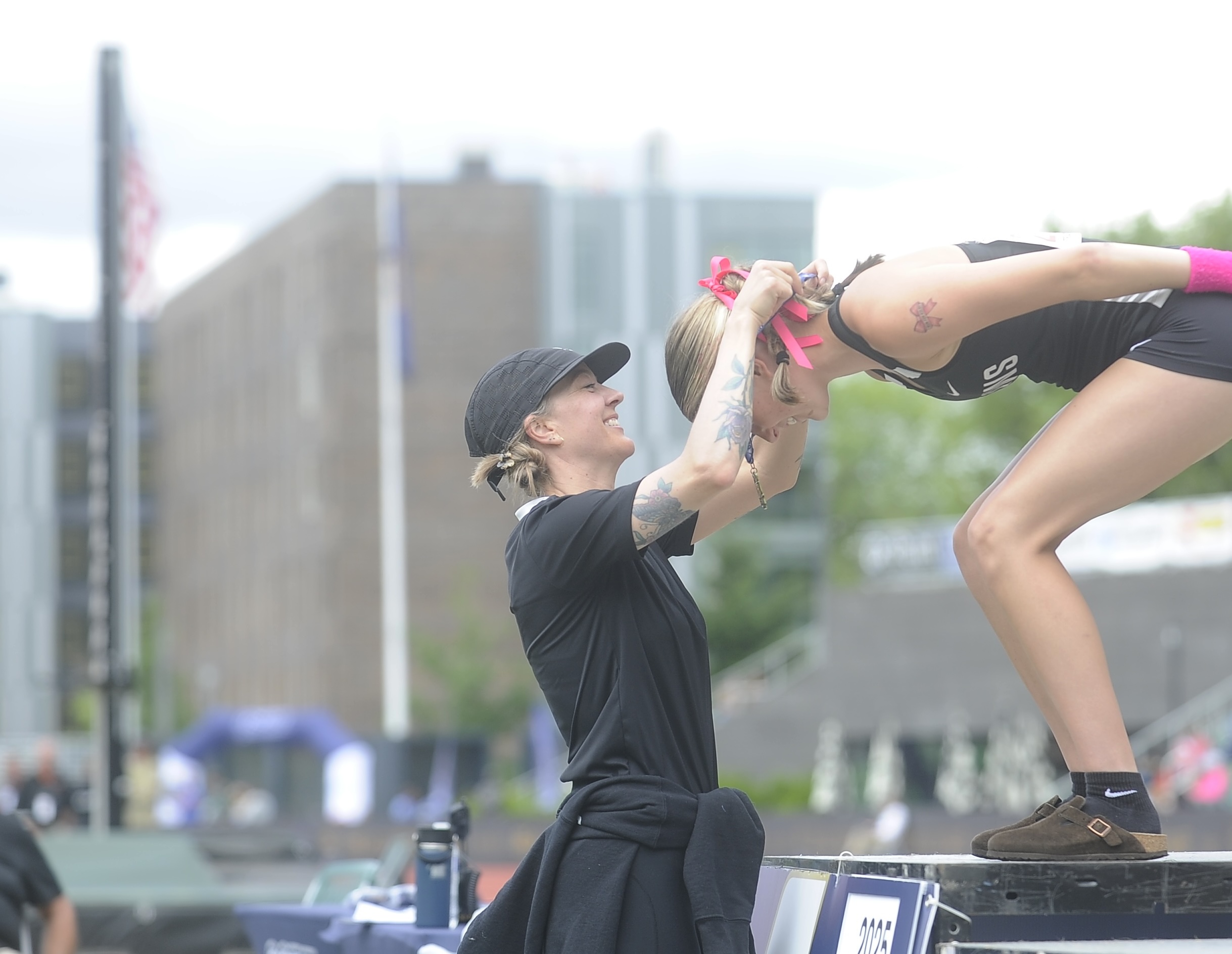Whole Foods finds its niche
Published 12:00 am Tuesday, December 17, 2013
BOISE, Idaho — A local illustrator’s chalk portraits of workers hang inside the store, where the same artist’s murals decorate the wall behind the cheese case.
Meat and bakery cases feature exclusive foods made with the state fruit. Holding up a chain of sausages that include it, a worker joked: “We pick the huckleberries on our way in to work.”
In another aisle, Mary Cogswell, the owner of the Wildflour Bakery a few miles away, visits daily to restock the table where her cookies — Oatmeal Cranberry Walnut and Everything, among others — are sold.
At this time of year, the first Whole Foods Market in Idaho, population roughly 1.6 million, sells products from some 60 local vendors, including turkeys from the A+ Ranch that are billed as organic and certified as raised under humane conditions.
Two years ago, when Whole Foods announced that it wanted to expand to 1,000 stores from a little more than 300 and open in places where it was assumed that consumers had never heard of kale and wouldn’t dream of spending $6 for a pound of humanely raised pork, some investors scoffed. Its traditional grocery store competitors snickered at the strategy. And even those on Wall Street enamored with the chain’s success expressed doubts that its forays inland into smaller, less urban markets would succeed.
Like most grocery chains, Whole Foods does not release sales data on individual stores. But two years after disclosing its plans, it turns out that more shoppers do want, say, soda pop with no artificial coloring and flavoring and specialty meats, more than the experts had banked on. Cities like this one with its 212,000 residents, many of them college students and migrants from the cities where Whole Foods raised the bar on the grocery business, are embracing the company with an enthusiasm that has confounded the naysayers, propelled its stock price to heady highs and surprised even its executives.
Roughly one-third of the stores Whole Foods plans to open will be in cities like this one. This month, it opened one in Lincoln, Neb., population 260,000.






